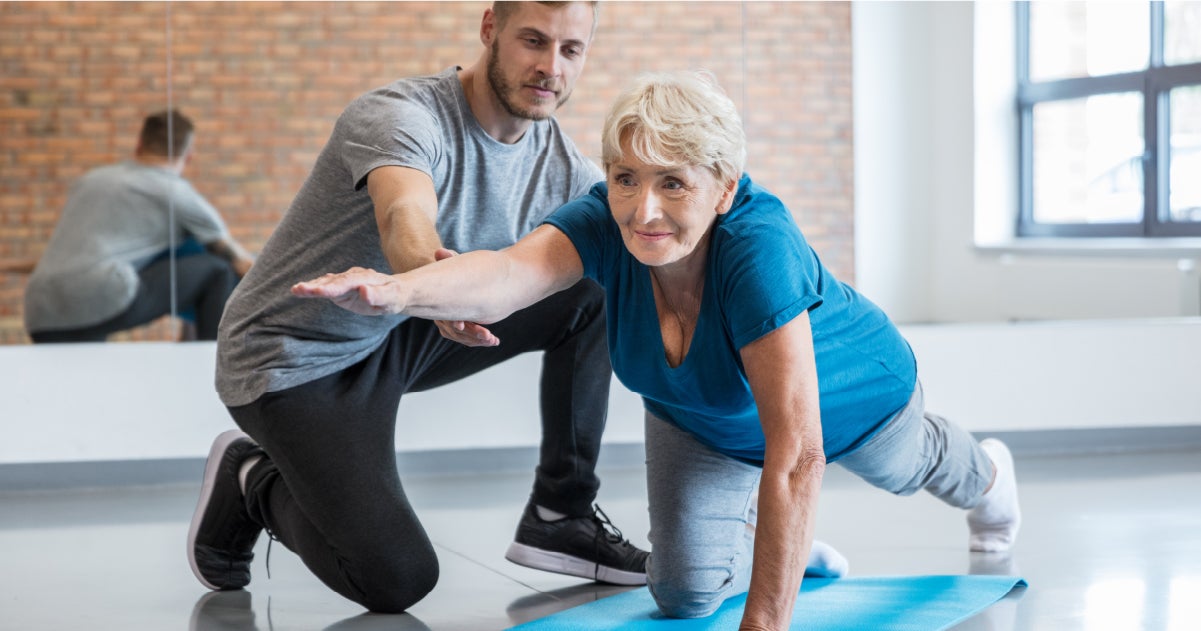Resistance training holds a crucial role in athletic rehabilitation, helping sportspeople heal from traumas and enhance their general capabilities. When an athlete gets injured, their physique requires time to heal. However, during this recovery phase, it is essential to maintain power and mobility to avoid additional injuries. Strength training can be tailored to suit the requirements of each individual, concentrating on particular muscular areas that may have been affected by the injury. This focused approach not only assists in recovery but also readies the individual to return to their sport stronger than previously.

One of the primary benefits of resistance training in recovery is its ability to improve muscle strength and endurance. When muscular tissues are stronger, they can more effectively support joints and minimize the risk of recurrence of injury. For example, an individual recovering from a leg injury can gain from exercises that fortify the quadriceps and back thigh muscles. These muscles play a crucial role in supporting the knee articulation. By incorporating resistance training into their recovery program, individuals can regain their power more effectively and safely.
In addition to developing strength, resistance training also enhances flexibility and scope of movement. Many injuries can result to stiffness in the injured area, causing it challenging for individuals to navigate freely. Resistance training exercises often include stretching and elongating the muscles, which can assist reestablish flexibility. For example, incorporating weight bands or weights into flexibility routines can improve the effectiveness of these workouts. As mobility improves, individuals can perform actions more efficiently, which is crucial for optimal capabilities in their activity.
Another crucial aspect of resistance conditioning in athletic rehabilitation is its positive impact on psychological well-being. Healing from an trauma can be a difficult and frustrating process for individuals. Participating in resistance training can provide a sense of accomplishment and boost resource confidence. As individuals see gains in their strength and abilities, they may experience more driven to persist their rehabilitation process. This mental boost can be just as crucial as the bodily advantages, as a positive mindset can result to improved outcomes in recovery.
Finally, resistance conditioning can help athletes move back to their activity more smoothly. Once they have regained their strength and mobility, individuals must to rehearse activity-specific actions to guarantee they are prepared for competition. Strength conditioning can be combined with sport-specific exercises to create a holistic rehabilitation program. This blend allows individuals to not only heal but also improve their performance. By focusing on both rehabilitation and capabilities, resistance training becomes an crucial instrument in the rehabilitation journey, assisting athletes return to their activity stronger and more resilient.
Comments on “The Essential Impact of Resistance Training on Improving Rehabilitation and Performance in Athletic Rehabilitation”